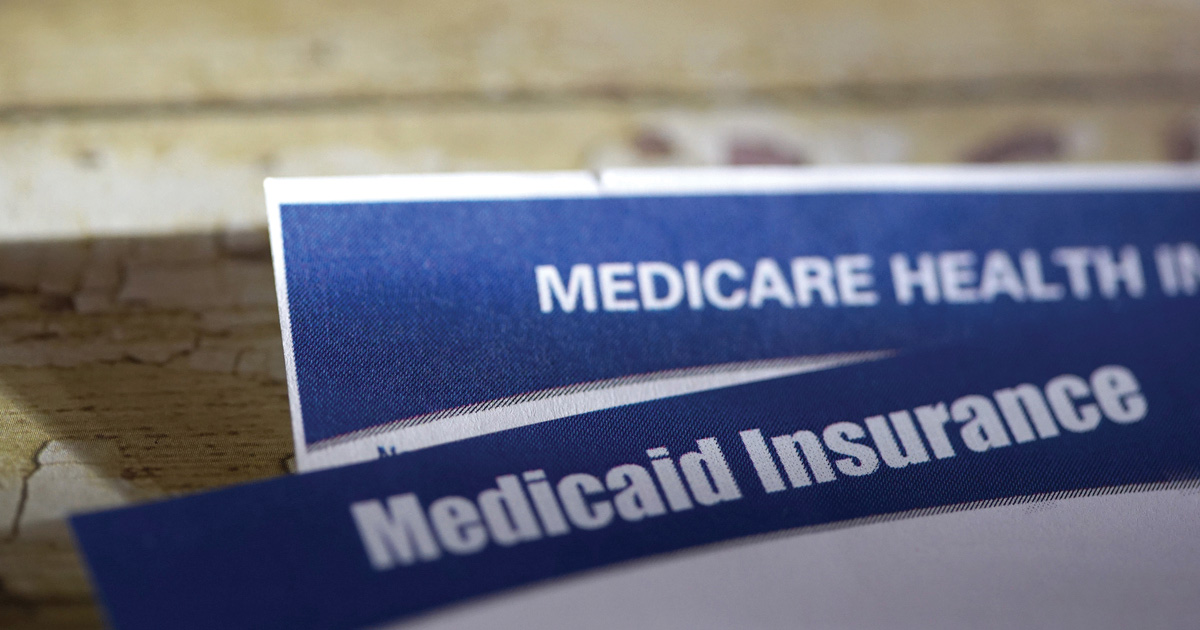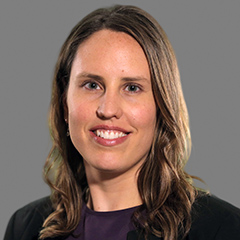With Medicare open enrollment currently underway, many people are exploring their options to find the best coverage arrangement for their needs. For the 12.4 million people dually eligible for both Medicare and Medicaid, deciding among the many plan options available can be especially difficult. Known within the health care system as dually eligible individuals, these individuals have low income and often have complex needs that require more extensive health services than people with Medicare alone.
To improve the coordination and integration of Medicare and Medicaid benefits for dually eligible individuals, federal and state policymakers have developed new models of care. The most popular model, Dual Eligible Special Needs Plans (D-SNPs), are Medicare Advantage plans that enroll dually eligible individuals only and must at least coordinate Medicare and Medicaid benefits for their enrollees. As of October 2023, more than 5.6 million people—45 percent of all dually eligible individuals—were enrolled in a D-SNP. However, policymakers, researchers, and advocates disagree about whether partial-benefit dually eligible (PBDE) individuals—whose only Medicaid coverage consists of financial subsidies for their Medicare premiums, and in some cases, cost-sharing obligations—should be allowed to enroll in D-SNPs.
To date, integrated care programs have focused largely on the needs of full-benefit dual eligible (FBDE) individuals, but 3.4 million dually eligible individuals nationwide have partial-benefit status. These PBDE individuals experience rates of social needs and chronic health conditions that are often comparable to those experienced by FBDE individuals. If the goal of integrating Medicare and Medicaid benefits is to ensure that people with complex health needs who face barriers to care can obtain well-coordinated services, policymakers should design specific strategies to address the needs of PBDE individuals.
Debate about inclusion of PBDE individuals in integrated care plans
Proponents of allowing PBDE individuals to enroll in D-SNPs contend that D-SNPs could help slow or prevent health and functional decline among these individuals by offering care coordination services and supplemental benefits designed specifically for them. The proponents also say that allowing PBDE individuals to enroll in D-SNPs can ease the transition if they eventually become FBDE individuals.
Conversely, the Medicare Payment Advisory Commission argued that “D–SNPs provide little obvious benefit” to PBDE individuals. It asserts that PDBE individuals are not eligible for a full package of Medicaid benefits, such as coverage for primary and acute care services, behavioral health benefits, and long-term services and supports, leaving few Medicaid benefits for D-SNPs to coordinate. For that reason and others, some states prohibit D-SNPs from enrolling PBDE individuals in Medicaid, and others require D-SNPs to use separate plan benefit packages for FBDE individuals and PBDE individuals.
New analysis suggests potential benefits of D-SNPs for subset of PBDE individuals
With support from Arnold Ventures, Mathematica recently conducted a study of PBDE individuals who transitioned to FBDE status. The study assessed if there were differences in outcomes among PBDE individuals who transitioned to FBDE status—8.7 percent of all PBDE individuals—between those enrolled in D-SNPs before the switch and similar groups of people enrolled in regular (non-D-SNP) Medicare Advantage (MA) plans and fee-for-service Medicare.
We found that among PBDE individuals who switched to FBDE status, those enrolled in D-SNPs had the following outcomes:
- Lower rates of acute hospitalization and post-acute skilled nursing facility use in the month before their switch to FBDE status, compared to similar individuals enrolled in regular MA plans and fee-for-service Medicare
- Greater use of Medicaid home- and community-based services and less use of nursing home care in the month of the switch through two months after their switch to FBDE status, compared to similar individuals enrolled in regular MA plans and fee-for-service Medicare
Both findings suggest that D-SNPs may benefit PBDE individuals who switch to FBDE status by reducing their use of inpatient hospital and nursing home care. This effect was most apparent in the lower use of Medicaid-paid nursing home services after the PBDE individuals became eligible for full Medicaid benefits.
The limitations of current research and the opportunity to learn more
Although our study suggests that D-SNP enrollment could provide important benefits for PBDE individuals who switch to FBDE status, the results are not generalizable to the broader PBDE population (that is, those who do not switch to full-benefit status). We also do not yet know whether our findings would hold over longer periods after the switch in dual eligibility status than those we examined (month of the switch through two months after the switch). In addition, although we accounted for differences in health status among PBDE enrollees in D-SNPs compared to those in other Medicare coverage types, we were unable to adjust for other differences, such as functional status.
Consequently, our study underscores the need to further explore the potential advantages and disadvantages of allowing the broader population of PBDE individuals to enroll in D-SNPs. Our study also underscores the need to assess the effects of D-SNP enrollment among PBDEs on use of Medicaid long-term services and supports over longer periods of time, to determine whether the short-term reduction in nursing home care that we found holds over time and whether this relationship exists beyond the subpopulation of PBDE individuals who switch to FBDE status. The results of future studies will support state and federal policymakers to determine whether PBDE individuals would benefit from enrolling in D-SNPs, and if so, what type of D-SNP plan.
Wherever policymakers ultimately come down on the question of allowing PBDE individuals to enroll in D-SNPs, they need to better understand and consider the unique needs of PBDE individuals when designing care models that aim to improve the quality and coordination of care provided to dually eligible individuals. Typically, funders and researchers have not focused on PBDE individuals in studies on integrated care plans, in part because the Medicare and Medicaid encounter data needed to conduct these studies was not readily available until recently. Now that the data are available, our study demonstrates that it can be used to examine and yield important information about outcomes for PBDE individuals with distinct types of coverage. Despite the contributions of our study, more research—including broader samples and timeframes—is needed to inform policy solutions that address the unique needs and improve the care experiences of the 3.4 million PBDE individuals.






